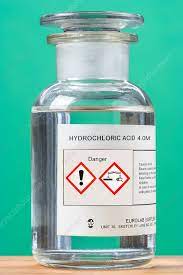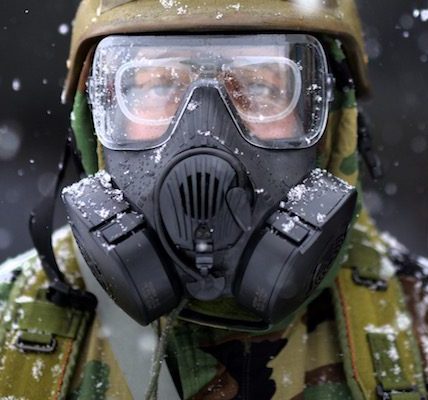dangerous chemical liquids, hazardous substances, toxic chemicals, chemical safety, industrial hazards, chemical handling, safety protocols, emergency response
In the intricate world of chemistry, certain substances stand out not for their complexity, but for their sheer danger. These are the most dangerous chemical liquids, capable of inflicting serious harm on human health, the environment, and the delicate balance of ecosystems. This article delves into the realm of such perilous substances, highlighting the risks they pose, the precautions necessary for handling them, and the critical importance of safety protocols.
Understanding Hazardous Chemical Liquids:
Hazardous chemical liquids are characterized by their potential to cause harm through exposure, whether by inhalation, skin contact, or ingestion. These substances encompass a wide range of toxic, corrosive, flammable, and reactive chemicals, each with distinct properties that demand careful consideration. From highly concentrated acids and bases to volatile organic compounds and radioactive materials, these liquids pose a significant threat to both human health and the environment.
The Grave Consequences of Exposure:
Exposure to dangerous chemical liquids can have severe consequences, ranging from acute injuries to long-term health issues. Corrosive substances can cause severe burns and tissue damage upon contact with the skin or eyes, while inhalation of toxic fumes can lead to respiratory distress and neurological effects. Prolonged exposure may result in chronic illnesses, organ damage, and in some cases, even fatalities.
Industrial Applications and Risks:
Many dangerous chemical liquids find use in various industries, such as manufacturing, mining, agriculture, and healthcare. While these substances play essential roles in producing countless products, their potential for harm necessitates strict adherence to safety regulations and guidelines. For instance, hydrofluoric acid, used in industries like electronics and glass manufacturing, can cause severe tissue damage upon contact, highlighting the need for specialized training and protective gear.
Safety Protocols and Precautions:
Effective chemical safety begins with comprehensive training and strict adherence to safety protocols. Personnel handling dangerous chemical liquids must be well-versed in proper storage, handling, and disposal methods. Personal protective equipment (PPE) such as gloves, goggles, and respiratory masks are essential for minimizing exposure risks. Moreover, engineering controls such as ventilation systems and containment measures help prevent accidental releases.
Emergency Response Planning:
Preparedness is paramount when dealing with hazardous chemical liquids. Every organization working with such substances must have well-defined emergency response plans in place. These plans outline procedures for containing spills, evacuating personnel, and notifying relevant authorities. Regular drills and simulations ensure that all employees are familiar with the steps to take in the event of an accident, minimizing chaos and maximizing safety.
Regulations and Compliance:
Government agencies worldwide, such as the Environmental Protection Agency (EPA) in the United States and the European Chemicals Agency (ECHA) in Europe, establish regulations for handling dangerous chemical liquids. These regulations dictate permissible exposure limits, storage requirements, labeling guidelines, and more. Compliance with these regulations is not only a legal obligation but also a moral responsibility to protect the well-being of workers and communities.
Advancements in Risk Mitigation:
Innovations in technology have led to the development of safer alternatives and improved risk mitigation strategies. For instance, nanotechnology has opened avenues for creating materials with reduced toxicity, enhancing both safety and sustainability. Additionally, advancements in containment systems and remote handling techniques reduce the need for direct human exposure to dangerous chemical liquids.
Global Collaborations for Chemical Safety:
The global nature of trade and industry underscores the need for international collaborations to ensure chemical safety. Organizations like the United Nations’ Globally Harmonized System of Classification and Labelling of Chemicals (GHS) standardize the classification and labeling of hazardous chemicals, facilitating safe handling and communication of risks across borders.
Public Awareness and Education:
Raising public awareness about the dangers of hazardous chemical liquids is essential for promoting safety in everyday environments. From household cleaning products to personal care items, individuals must be informed about potential risks and proper handling practices. Education campaigns can empower people to make safer choices and take necessary precautions.
Conclusion:
Dangerous chemical liquids are a stark reminder of the delicate balance between scientific advancements and potential hazards. The risks they pose to human health and the environment demand unwavering attention to safety protocols, stringent regulations, and continuous research into safer alternatives. As industries evolve and technology progresses, the collective effort to handle these substances responsibly remains a critical component of safeguarding our well-being and preserving the world we inhabit.











